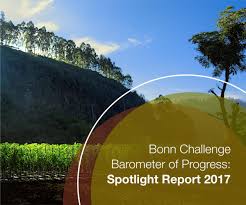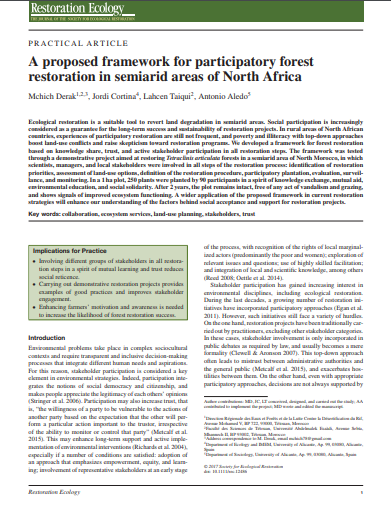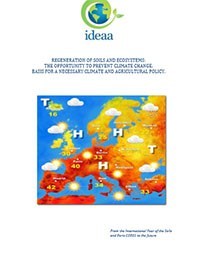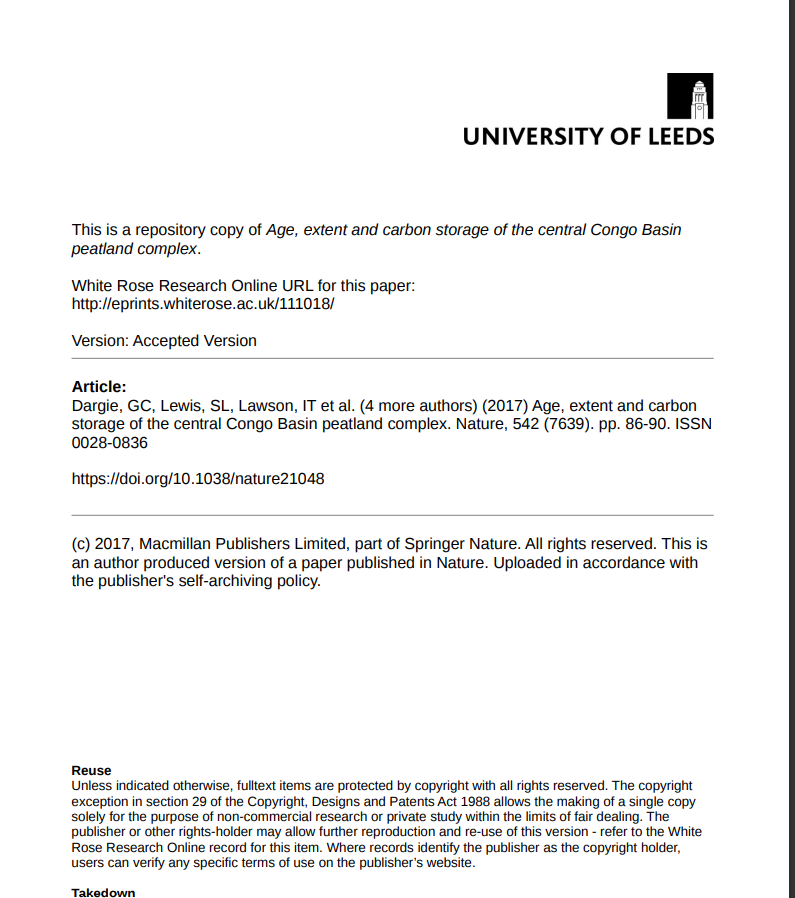Industrial Emissions (Integrated Pollution Prevention and Control) (Amendment No. 2) Regulations, 2017 (L.N. 110 of 2017).
These Regulations amend the Industrial Emissions (Framework) Regulations as regards the requirements for certain categories of installations, combustion plants, waste incineration plants or waste co-incineration plants in general binding rules that the Malta Environment and Planning Authority may adopt (see regulation 8).
Amends: Industrial Emissions (Framework) Regulations, 2013 (L.N. 9 of 2013). (2013)











